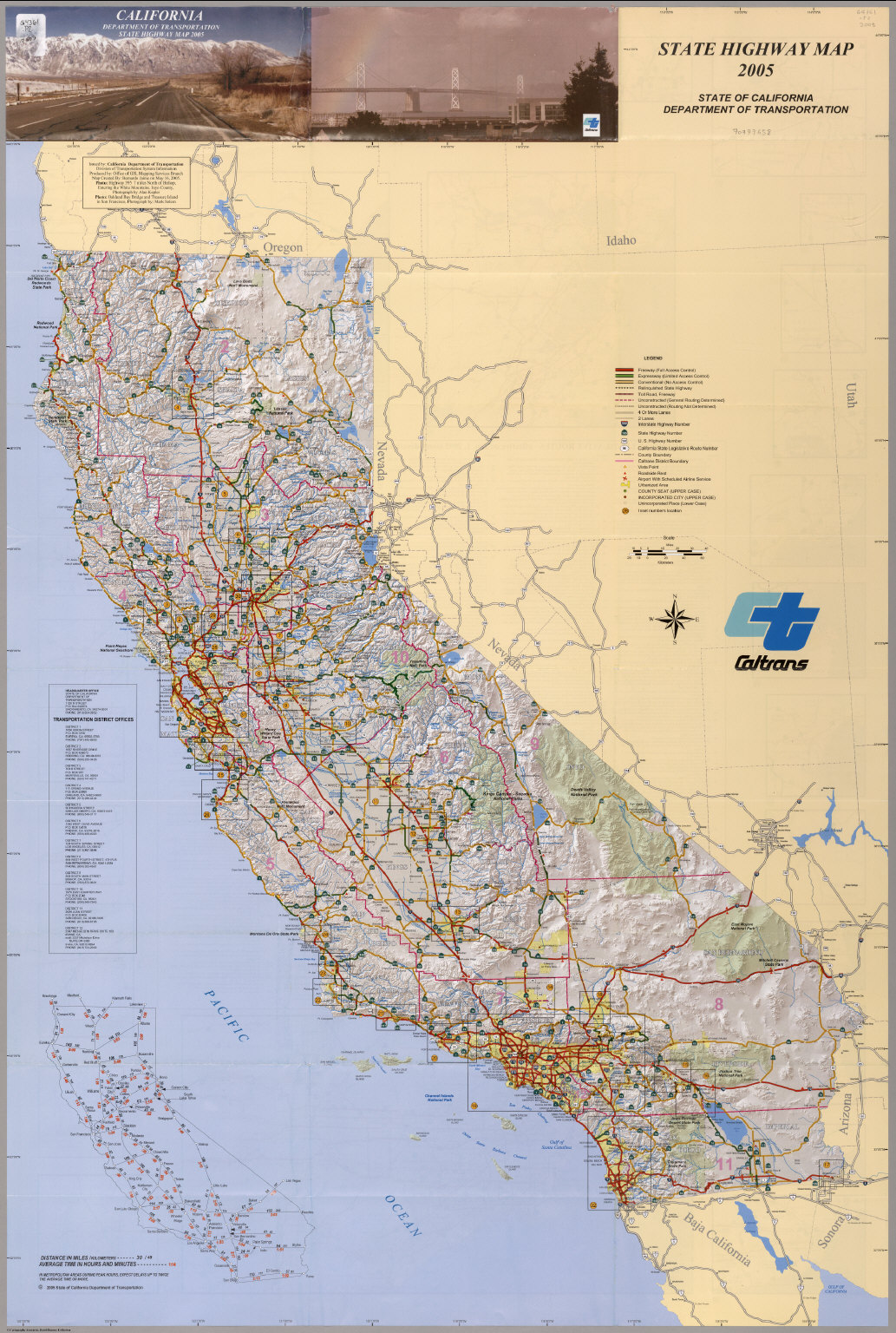
- State of california full#
- State of california software#
- State of california code#
An academic building at night with the words California State University.
State of california full#
For 46.8% of those in poverty, at least one family member reported working full time for the entire year, while 32.4% had a family member who worked part time and/or part of the year. Chico State offers a high-quality, high-value education through more than 100. In 2019, nearly 80.0% of poor Californians lived in families with at least one working adult, excluding families made up of adults age 65 and older.
Most poor families in California are working. Poverty was 7.2% among college graduates age 25–64 and 29.1% among adults age 25–64 without a high school diploma. Though the Latino poverty rate has fallen from 30.9% in 2011, Latinos remain disproportionately poor-comprising 51.6% of poor Californians but only 39.7% of the state population. More than one in five (21.4%) Latinos lived in poverty, compared to 17.4% of African Americans, 14.5% of Asian Americans/Pacific Islanders, and 12.1% of whites. The poverty rate for immigrant Californians was 21.6%, compared to 14.4% for non-immigrants, and poverty among undocumented immigrants was 35.7%. In 2019, adults 65 and older (18.0%) and children (17.6%) had higher rates of poverty than adults age 18–64 (15.6%). Poverty rates vary dramatically across demographic groups. Poverty remains higher among children, seniors, Latinos, and less-educated adults. These differing effects reflect program scale and scope as well as participation rates among eligible families. 
Among children under age 6, the combined California EITC and Young Child Tax Credit (YCTC) lowered the rate by 0.6 points. The federal Child Tax Credit (CTC) lowered the rate by 1.1 points CalWORKs and General Assistance (GA) together lowered the rate by 0.8 points. The federal Earned Income Tax Credit (EITC) lowered poverty rates most, by 1.6 points overall, and CalFresh lowered the overall poverty rate by 1.3 points. Most safety net programs are designed to prioritize children, and in 2019 they kept 12.1% of children out of poverty. Without the largest social safety net programs, we estimate 6.6% more Californians would have been in poverty in 2019. Without social safety net programs, more Californians would live in poverty.The share of Californians in families with less than half the resources needed to meet basic needs (the deep poverty rate) was 4.6%. All told, more than a third (34.0%) of state residents were poor or near poor in 2019.

Nearly one in six (16.4%) Californians were not in poverty but lived fairly close to the poverty line (up to one and a half times above it).
More than a third of Californians are living in or near poverty. However, state and federal responses like the CARES Act in 2020 and the American Rescue Plan Act (ARPA) in 2021 could have mitigated poverty surges by providing economic support. In 2020, COVID-19 is likely to have increased poverty due to severely constrained employment opportunity. The poverty rate dropped from 17.6% in 2018. According to the CPM, 16.4% of Californians (about 6.3 million) lacked enough resources-$35,600 per year for a family of four, on average-to meet basic needs in 2019. Unlike the official poverty measure, the California Poverty Measure (CPM), a joint research effort by PPIC and the Stanford Center on Poverty and Inequality, accounts for the cost of living and a range of family needs and resources, including safety net benefits. Poverty in California declined in 2019, but the effects of COVID-19 are still uncertain. Title 25.This year’s California Poverty Measure estimates describe poverty in 2019-using the most up-to-date data available-and so do not cover the economic impact of COVID-19 or subsequent policies.  Title 16. Professional and Vocational Regulations. The STO managed in excess of 3. Title 15. Crime Prevention and Corrections The State Treasurer’s Office (STO) was created in the California Constitution in 1849. Title 12. Military and Veterans Affairs. It is currently anticipated that the rate will escalate to 35 percent effective July 1, 2022.
Title 16. Professional and Vocational Regulations. The STO managed in excess of 3. Title 15. Crime Prevention and Corrections The State Treasurer’s Office (STO) was created in the California Constitution in 1849. Title 12. Military and Veterans Affairs. It is currently anticipated that the rate will escalate to 35 percent effective July 1, 2022. 
The rate will remain 30 percent from Jto June 30, 2022.
Title 9. Rehabilitative and Developmental Services Per UC Chief Financial Officer Nathan Brostrom, the rate for on-campus projects funded by State of California agencies will not escalate on July 1, 2021. State of california software#
This website is maintained by Thomson Reuters.īy using this website, you agree not to use it in any manner that could disable, overburden, damage, or impair the site or interfere with any other party’s use of the website, or to use any device, software or routine that interferes with the proper working of the website. This site has been upgraded to assure you a positive Thomson Reuters Westlaw experience.
State of california code#
Welcome to the newly enhanced site for the California Code of Regulations.








 0 kommentar(er)
0 kommentar(er)
